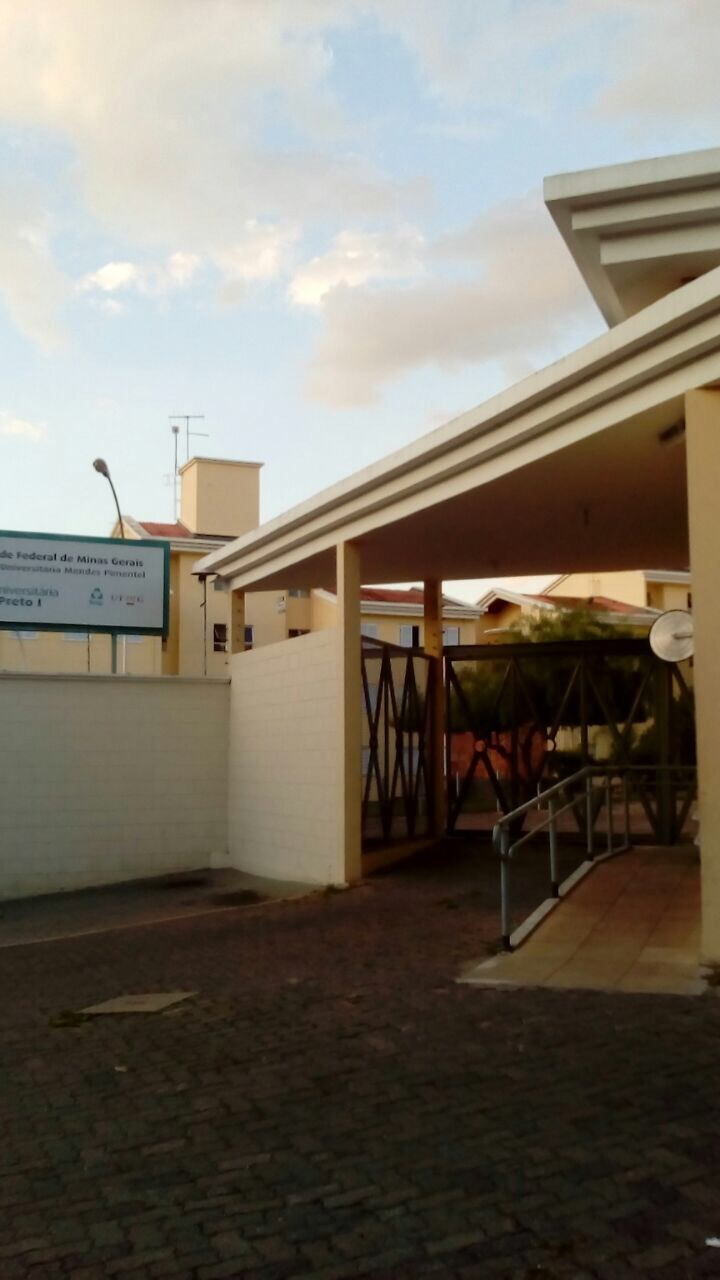The Fulbright host city selection process for Brazil English Teaching Assistants is under way. With that in mind, I’d like to start a series of posts that answer some of the frequent questions people may have.
Housing
ETAs have been known to live in various neighborhoods all over Belo Horizonte. One of the largest cities in Brazil, Belo Horizonte has a space for everyone and a neighborhood to reflect that. There are regions with a booming night life, regions where you’ll find horses outside your window, and regions where you’ll be near museums and small artesian fairs.
What was my housing like?

During our 9 month grant, my CoETA and I lived in the Moradia (campus-provided housing). We lived in a small quitinete with two twin beds, a stove top, refrigerator, microwave, closet, desk/table, veranda for clothes drying, and hot water in our shower. We didn’t have our own space, there was only a half way separating the kitchen from the bedroom, but it worked.
Was it mandatory?
Nope! My Co and I secretly harbored the desire to find a place outside of the university setting, away from potential students, and with our own rooms. It was however available for us immediately and after signing an agreement, we only had to give a two day notice if we chose to move out.
How much did it cost?
University housing at UFMG was R$570 a month, each. To pay rent, you walk to the bank (Banco do Brasil…there is one nearby and one on campus) and give them the receipt that the Moradia gives you. At the bank you will receive a receipt saying that you paid the bill. Take a picture of that receipt and email it to the Moradia financial keepers.
Other options?
There are plenty of housing options that are roughly around R$600-R$800 a month. Many options contain their own room, but may not come with wifi or electricity included.
Great neighborhoods near UFMG are Ouro Preto and Pampulha. In Pampulha/Ouro Preto there is a lake that you can run around (the paved path is about the size of a half marathon), gyms, grocery stores, the zoo, and Avenida Fleming has restaurants and bars for a taste of night life. (It is also near Mineirão, the futebol stadium where national teams play and concerts are held.)
A great neighborhood near the downtown area is Savassi. It has a great night life and is fairly safe and residential.
For more neighborhoods, click here.
Pros & Cons of Campus Housing
No over night guests. There are ways around this, so it doesn’t need to be a deal breaker.
Immediate housing, no living in an AirBnB for a month.
Cheap rent, wifi included (university wifi isn’t always the most reliable though), hot water.
No oven (but a two burner stovetop which leads to creative meals).
Click here for our food adventures!
A free & safe bus that only Moradia-dwellers can take to the University and back runs multiple times a day.
Security to enter and exit the building, gated open space in between buildings.
Recreational areas and activities as well as quarterly parties.

My personal experience
Living on campus was the right choice for me. My CoETA and I were given the same two-person room. We get along wonderfully and that has made all the difference. I don’t know if I would have stayed if we did not get along so well. Our neighbors were great and it was nice to feel connected to a large group of people. I loved our neighborhood and we made friends with local business employees. To save money on transportation, a mile walk to a free campus bus or the Moradia bus were great options. Everything I needed was within walking distance and the neighborhood was fairly safe. We were far from the downtown area, though, and going downtown could get exhausting…especially if using public transportation. (Keep in mind that my CoETA and I are also homebodies and prefer to live closer to work.)
Here is an Instagram Story that I made showing my apartment/A Day in the Life! Enjoy!






